
by Ria Olivier | Apr 12, 2021 | Announcement, Environment, Invasion Biology, Marion Island, Mice Eradication


Do you want to be involved in this project or just want to be informed? The project’s webpage and social pages will keep you up to date and the SANAP and ALSA website will post on the activities.
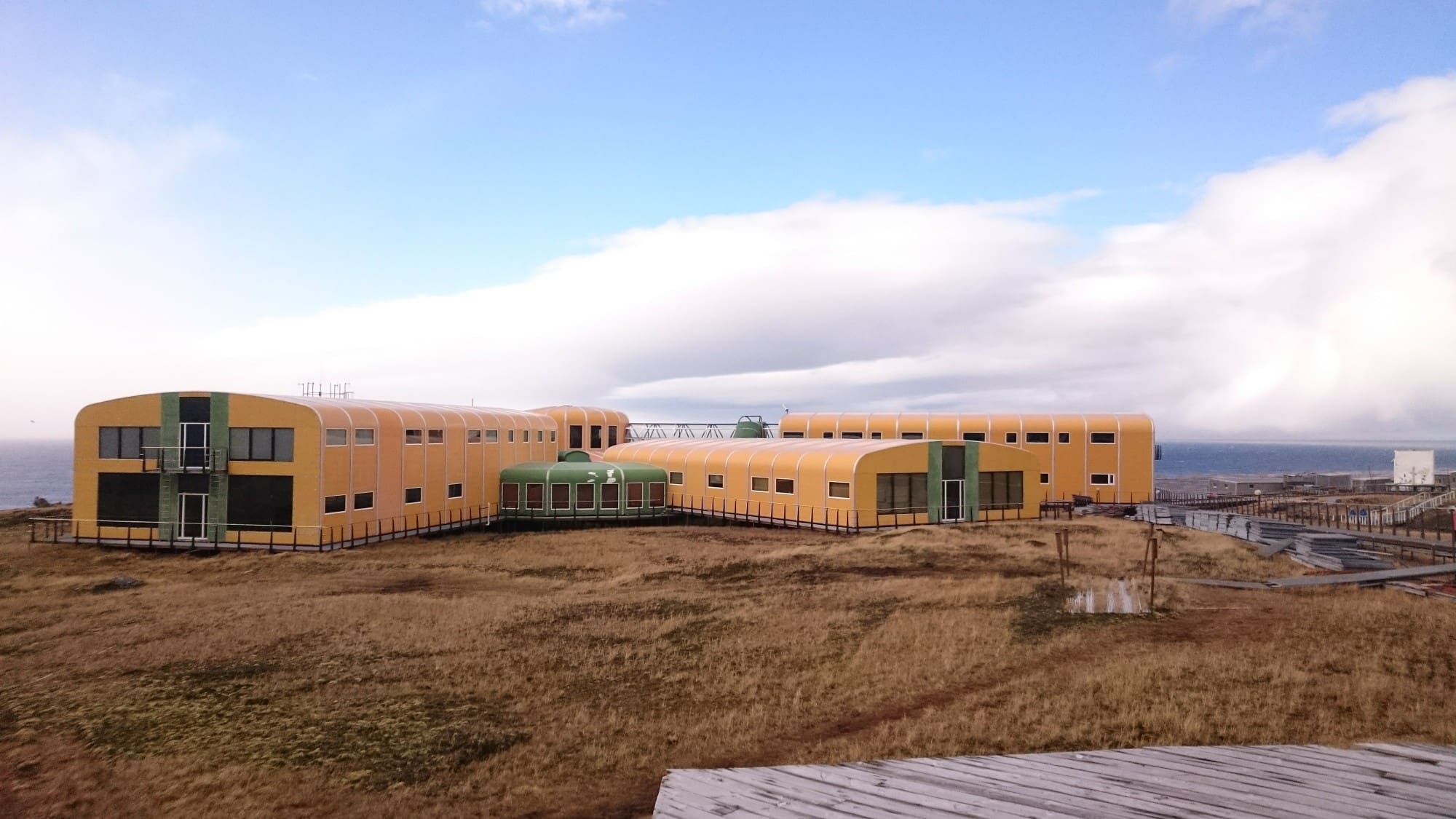 “Marion Island is the jewel in South Africa’s island crown – it is huge and beautiful, hosts an astonishing array of endemic species and charismatic marine megafauna, and is pristine. Or nearly pristine.
“Marion Island is the jewel in South Africa’s island crown – it is huge and beautiful, hosts an astonishing array of endemic species and charismatic marine megafauna, and is pristine. Or nearly pristine.
“After cats were eradicated from Marion Island in the early 1990s (it remained the largest island on earth cleared of cats for many years), mice were left as the only introduced mammal there. At the time, no thought was given to tackling mice, even though their impacts on invertebrates such as the flightless moths and weevils, plant communities, nutrient cycles, etc., were gigantic. Little did we know that mice could become such a significant threat to seabirds. Work done at Gough Island demonstrated that mice can wreak devastation on seabird colonies, and now they’re attacking seabird chicks at Marion Island, with increasing impacts each year.”
 The Mouse-Free Marion project is gaining increasing momentum, as we work towards an eradication operation in the austral winter of 2023. The Mouse-Free Marion Project, a collaborative project underway to eradicate rodents from Marion Island, currently has the following opportunities available:
The Mouse-Free Marion project is gaining increasing momentum, as we work towards an eradication operation in the austral winter of 2023. The Mouse-Free Marion Project, a collaborative project underway to eradicate rodents from Marion Island, currently has the following opportunities available:
On the projects website there is FAQ that can answer some of yours:
- How long will the operation take?
- How will the mice be killed?
- Is this humane?
- How long does the poison stay in the environment?
- How did the mice get there?
- How can we be sure that this will work?
- Why don’t the birds protect themselves?
- Why is the operation so expensive?
- How will you prevent mice from getting back on the island in future?
- What about other wildlife / collateral damage?
- What will happen to the carcasses?
- Has this ever been done before?
- Has anything on the island become dependent on the mice as prey?
Text taken from “Saving Marion Island’s Seabirds. The Mouse Free Marion Project”
Photo credit – Image of Wondering Albatrosses: Ben Dilley

by Ria Olivier | Apr 7, 2021 | Announcement, Marion Island, News, Newsletters>Marion Island Newsletters, Overwintering Team
In this edition:


- Letter from Team Leader/Medic – Winnie Moodaley
- Field Notes with Birder Thando Cebekhulu
- Round Island Adventures – Check out the images and experience the magical scenery with M77
- Understanding Weather with the M77 Senior Meteorological Technician Nkoane Mathabatha
- Analysing Scats with sealer Yinhla Shihlomule (perhaps not for the sensitive viewer)
- Weather According to Metkassies for January and February 2021
- Katie (part of the Plimsoll Film Crew) spends time in science
- Field Notes with Marine Apex Predator Research Unit (MAPRU) Birder Dani Keys
- Get an update from the weaner of the team (newbie – also the term used for newcomers to the island) – Leandri de Kock
For all this and more make sure to check out this edition of The Wanderer by the 77th Marion Island Overwintering Team.
Click here to download this issue of The Wanderer.
Did you miss the December 2020 Issue? Click here.
View the list of all The Wanderers (newsletters) available on the ALSA Archive. Click on the team number you are interested in.

Anché Louw, Antarctic Legacy of South Africa, 07 April 2021

by Ria Olivier | Mar 25, 2021 | Antarctica, Data Management, Research, SANAP, SCAR, Science
 The XXXVI SCAR Delegates Meeting is currently held online in a series of two-hour sessions over two weeks in March 2021. Bettine van Vuuren is giving the South Africa National Committee members regular feedback and as such the SANAP science community is informed.
The XXXVI SCAR Delegates Meeting is currently held online in a series of two-hour sessions over two weeks in March 2021. Bettine van Vuuren is giving the South Africa National Committee members regular feedback and as such the SANAP science community is informed.
Standing Committee on Antarctic Geographic Information (SCAGI) function is to “manage and improve the geographic framework not only for Antarctic scientific research but also for other activities including operations, environmental management and tourism.” SCAGI National reports are an important part of the SCAGI meeting – they are an opportunity to inform delegates from other organisations about current and planned activities, which may highlight opportunities for collaboration and sharing of resources. Read 2020 SCAGI annual report
SCAGI has many products, tools, links of interest to the Antarctic Geographic Information Community: See

by Ria Olivier | Mar 25, 2021 | Announcement, News, SANAP, SCAR, Science
The XXXVI SCAR Delegates Meeting is currently held online in a series of two-hour sessions over two weeks in March 2021. Bettine van Vuuren is giving the South Africa National Committee members regular feedback. She and Tracy Klarenbeek are South African Respresentatives at the SCAR delegates meeting.
 SCAR focuses its science efforts on high priority topical areas through its Scientific Research Programmes (SRPs). Three new programmes were approved by the Executive in 2020 and began officially in January 2021. During the delgeates meeting the following new Scientific Research Programmes have started under the auspices of SCAR. They are:
SCAR focuses its science efforts on high priority topical areas through its Scientific Research Programmes (SRPs). Three new programmes were approved by the Executive in 2020 and began officially in January 2021. During the delgeates meeting the following new Scientific Research Programmes have started under the auspices of SCAR. They are:
 Integrated Science to Inform Antarctic and Southern Ocean Conservation (Ant-ICON). The Ant-ICON SRP will answer fundamental science questions (as identified by the SCAR Horizon Scan), relating to the conservation and management of Antarctica and the Southern Ocean and focus on research to drive and inform international decision-making and policy change.
Integrated Science to Inform Antarctic and Southern Ocean Conservation (Ant-ICON). The Ant-ICON SRP will answer fundamental science questions (as identified by the SCAR Horizon Scan), relating to the conservation and management of Antarctica and the Southern Ocean and focus on research to drive and inform international decision-making and policy change.
 INStabilities and Thresholds in ANTarctica (INSTANT). The INSTANT SRP will address a first-order question about Antarctica’s contribution to sea level. It encompasses geoscience, physical sciences and biological sciences, of the way in which interactions between the ocean, atmosphere and cryosphere have influenced ice-sheets in the past, and what expectations will be in the future with a special focus on quantifying the contributions to global sea level change. They aim to quantify the Antarctic ice sheet’s contribution to past and future global sea-level change.
INStabilities and Thresholds in ANTarctica (INSTANT). The INSTANT SRP will address a first-order question about Antarctica’s contribution to sea level. It encompasses geoscience, physical sciences and biological sciences, of the way in which interactions between the ocean, atmosphere and cryosphere have influenced ice-sheets in the past, and what expectations will be in the future with a special focus on quantifying the contributions to global sea level change. They aim to quantify the Antarctic ice sheet’s contribution to past and future global sea-level change.
 Near-term Variability and Prediction of the Antarctic Climate System (AntClimnow). AntClimnow will investigate the prediction of near-term conditions in the Antarctic climate system on timescales of years to multiple decades. They will take an integrated approach, looking beyond climate projections of the physical system to consider the Antarctic environment as a whole.
Near-term Variability and Prediction of the Antarctic Climate System (AntClimnow). AntClimnow will investigate the prediction of near-term conditions in the Antarctic climate system on timescales of years to multiple decades. They will take an integrated approach, looking beyond climate projections of the physical system to consider the Antarctic environment as a whole.
“There is a lot of opportunities for South African Researchers to participate within these new programmes” – Bettine van Vuuren. Please contact the various Chief Officers for more information on how to become involved.

by Ria Olivier | Mar 23, 2021 | Current Event, Environment, International Days, Meteorology, Overwintering Team, Science

On the 23rd March 2021, we celebrate World Meteorological Day around the globe. This day has great significance and value, as it highlights the critical balance and interaction between mankind and the earth’s atmosphere. The 23rd March also commemorates the establishment of the World Meteorological Organization (WMO) in 1950 and each year a new theme or slogan is released.  This year the theme for 2021 is “The ocean, our climate and weather.” This theme highlights the interconnected relationship between the atmosphere, ocean and climate. The ocean covers approximately 70% of the globe and thus plays a vital role in the climate change and supports life on earth. Therefore it is essential that continuous research is conducted to monitor the relationship between the ocean and atmosphere and subsequent changes experienced. This year’s theme celebrates the WMO’s focus on connecting the ocean, climate and weather within the Earth System.
This year the theme for 2021 is “The ocean, our climate and weather.” This theme highlights the interconnected relationship between the atmosphere, ocean and climate. The ocean covers approximately 70% of the globe and thus plays a vital role in the climate change and supports life on earth. Therefore it is essential that continuous research is conducted to monitor the relationship between the ocean and atmosphere and subsequent changes experienced. This year’s theme celebrates the WMO’s focus on connecting the ocean, climate and weather within the Earth System.
 The South African Antarctic Programme (SANAP) and South African Weather Services (SAWS) plays an integral role in monitoring the southern climate. Overwintering meteorologists, assistants and technicians are stationed at all three South African research bases namely, Marion Island, Gough Island and SANAE Base. These teams are tasked with the following duties which are performed throughout the year:
The South African Antarctic Programme (SANAP) and South African Weather Services (SAWS) plays an integral role in monitoring the southern climate. Overwintering meteorologists, assistants and technicians are stationed at all three South African research bases namely, Marion Island, Gough Island and SANAE Base. These teams are tasked with the following duties which are performed throughout the year:
- Execute and co-ordinate surface meteorological and atmospheric research projects as sanctioned by the Marine Section of SAWS.
- Co-ordinate shift management of the meteorological team.
- Perform daily meteorological observations and release of weather balloons.
- Maintenance and appropriate calibration/validation of all observational equipment.
- Conduct quality control of data, report writing and asset control.
The current overwintering meteorologists in the field are:
Marion Island Base:



(l-r) Nkoane Mathabata (Senir Meteorologist) – Siya Ngcobo and Collen Maphaha (assitant meteorologists)
Gough Island Base:


 (l-r) Zinhle Shongwe (Senior Meteorologist), Dylan Seaton (Assistant Meteoroglist) and Asavela Somaxaka (Meteorological Technician).
(l-r) Zinhle Shongwe (Senior Meteorologist), Dylan Seaton (Assistant Meteoroglist) and Asavela Somaxaka (Meteorological Technician).
Antarctic Base (SANAE):
 Gerard (Boy) Oppel (Senior Meteorologist)
Gerard (Boy) Oppel (Senior Meteorologist)
 It is also important to note that weather observations are collected by SAWS ship based personnel during expeditions aboard the SA Agulhas II. The real-time data collected is used for a myriad of operations on board and aids in decision making for safe ship operations and passage. This data is also archived by SAWS and used in weather models which improves forecasting abilities and provides insight to the dynamic relationship between atmosphere and ocean.
It is also important to note that weather observations are collected by SAWS ship based personnel during expeditions aboard the SA Agulhas II. The real-time data collected is used for a myriad of operations on board and aids in decision making for safe ship operations and passage. This data is also archived by SAWS and used in weather models which improves forecasting abilities and provides insight to the dynamic relationship between atmosphere and ocean.
Fun Fact:

Panoramic photo of Vostok Station. (https://en.wikipedia.org/wiki/Vostok_Station)
At a Russian Base named Vostok Station, the coldest air temperature in history was recorded in July 1983. The air temperature recorded was – 89ºC.
 See webinar to attend on World Meteorology Day 2021
See webinar to attend on World Meteorology Day 2021
Cover Image: South Thule Island, photographed by Tahlia Henry



 “Marion Island is the jewel in South Africa’s island crown – it is huge and beautiful, hosts an astonishing array of endemic species and charismatic marine megafauna, and is pristine. Or nearly pristine.
“Marion Island is the jewel in South Africa’s island crown – it is huge and beautiful, hosts an astonishing array of endemic species and charismatic marine megafauna, and is pristine. Or nearly pristine.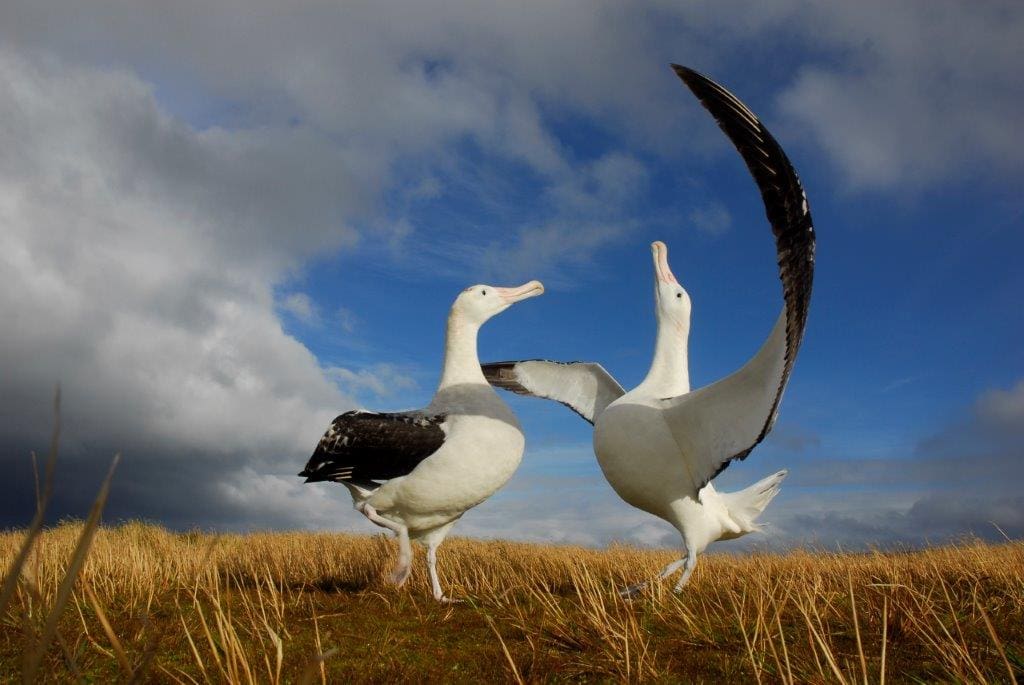 The Mouse-Free Marion project is gaining increasing momentum, as we work towards an eradication operation in the austral winter of 2023. The Mouse-Free Marion Project, a collaborative project underway to eradicate rodents from Marion Island, currently has the following opportunities available:
The Mouse-Free Marion project is gaining increasing momentum, as we work towards an eradication operation in the austral winter of 2023. The Mouse-Free Marion Project, a collaborative project underway to eradicate rodents from Marion Island, currently has the following opportunities available: 
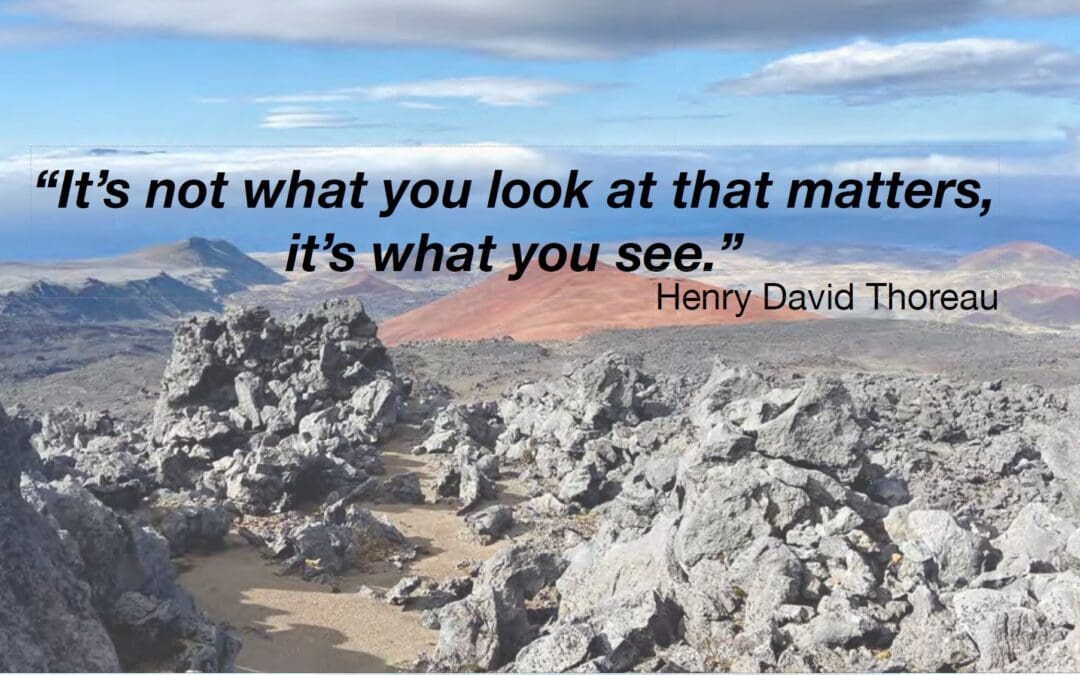
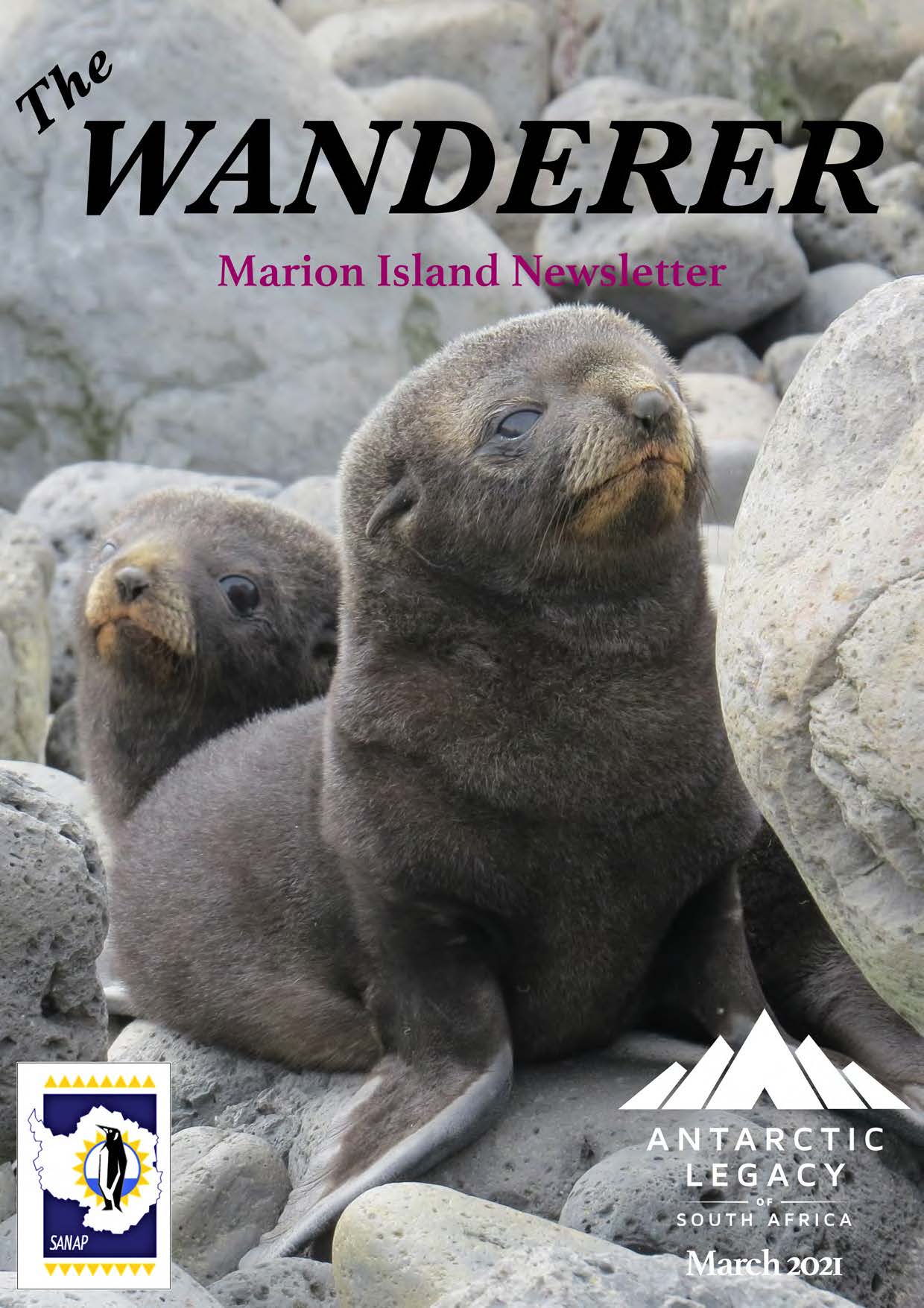
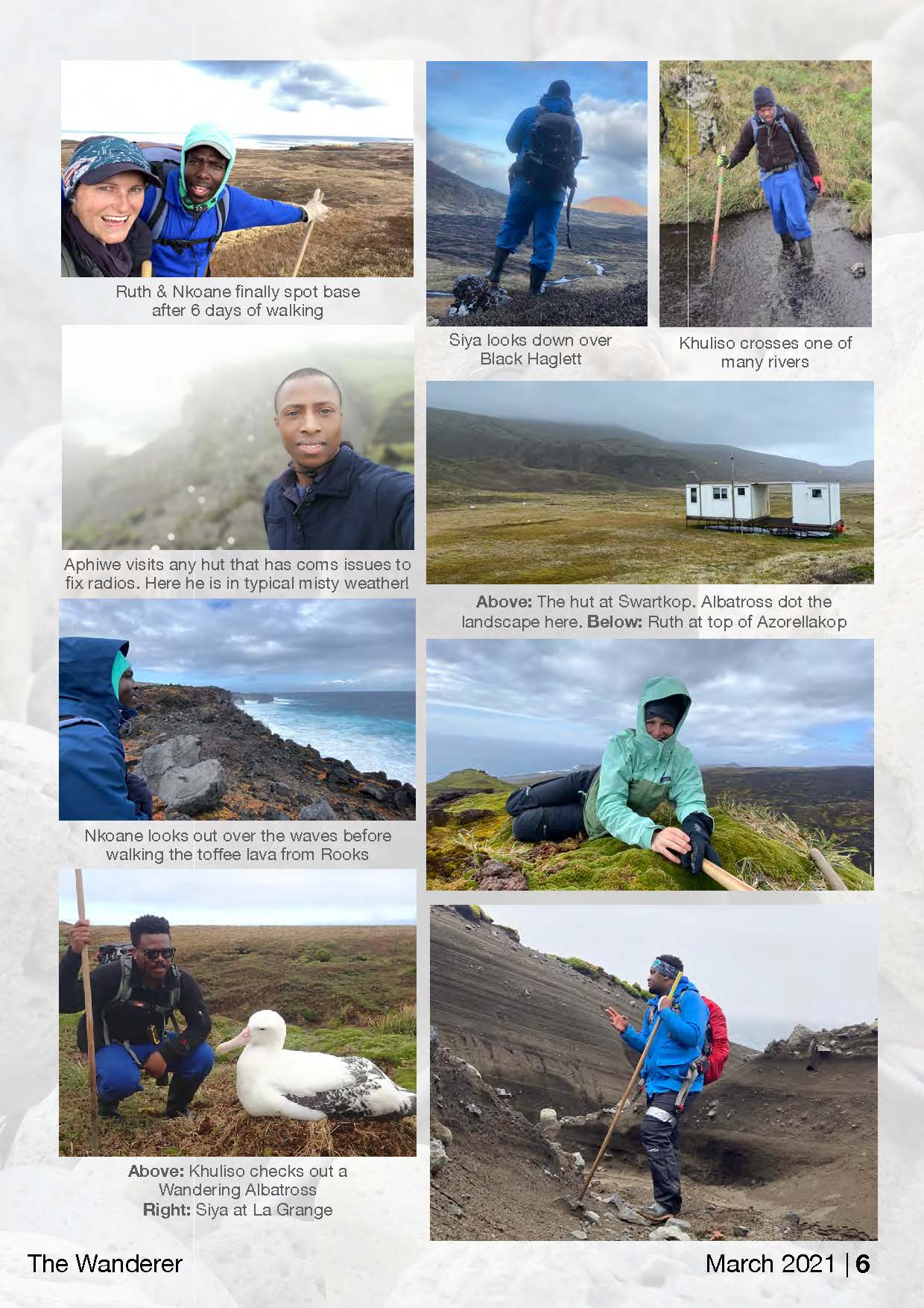
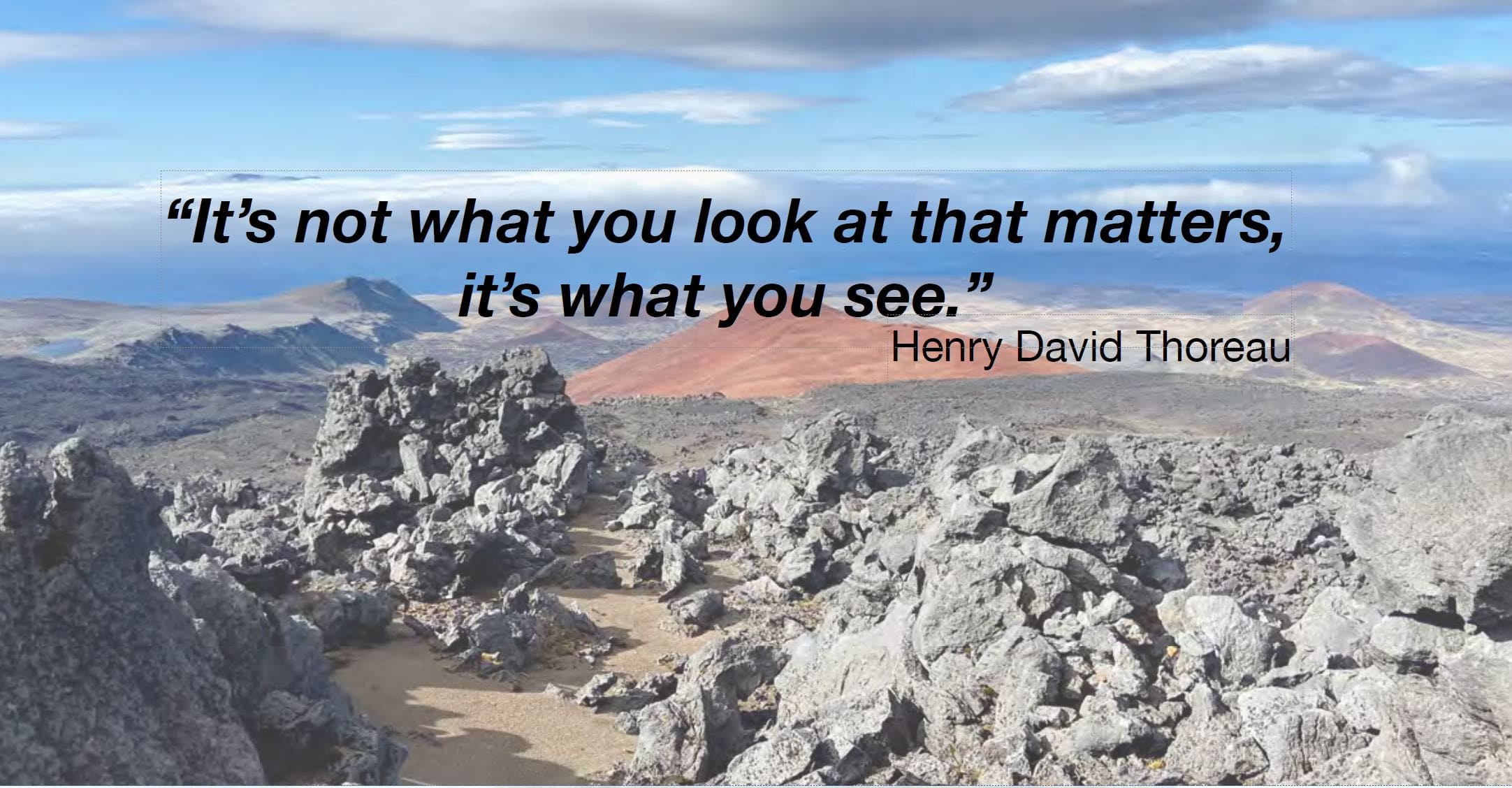

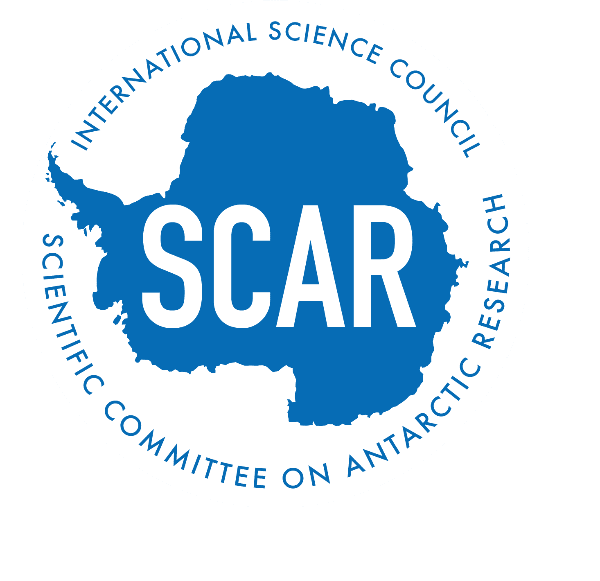 The
The 

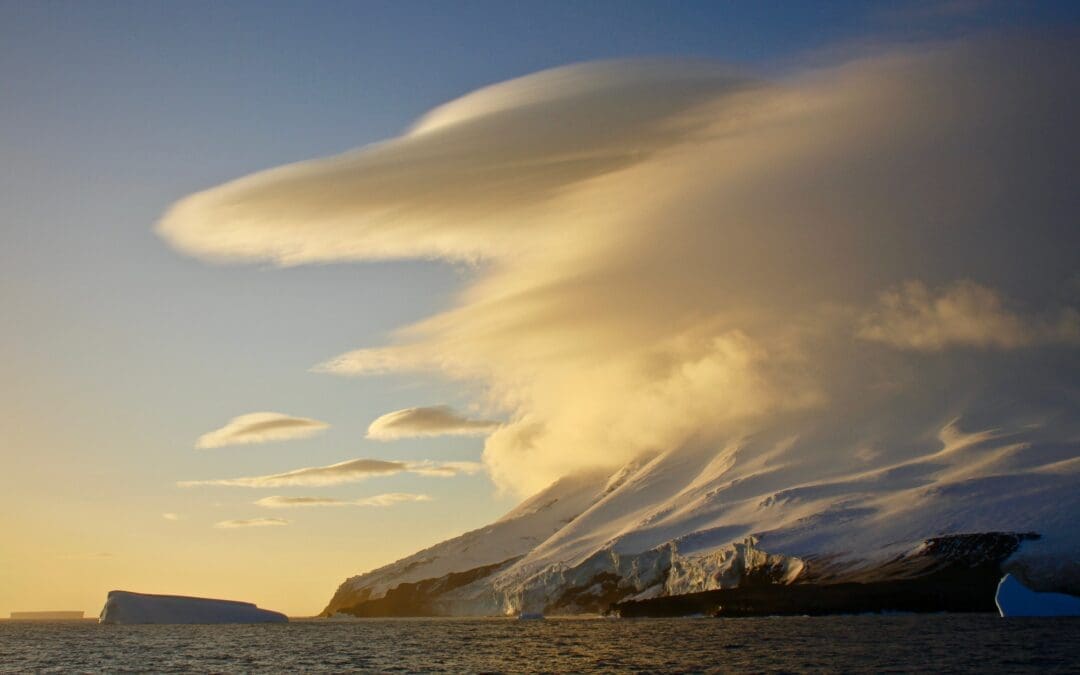
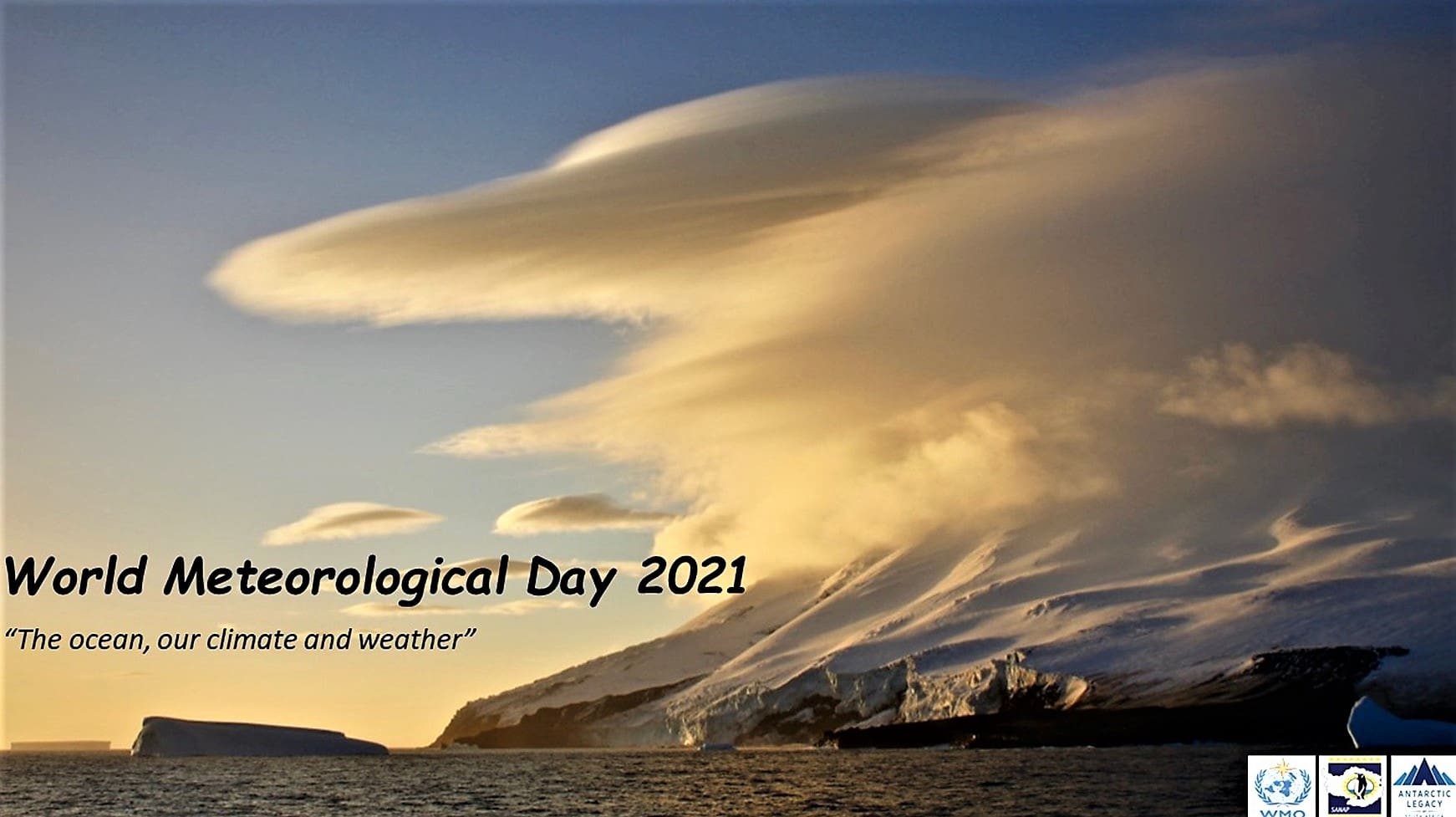
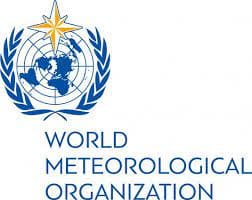 This year the theme for
This year the theme for 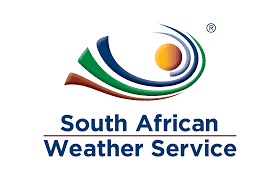 The South African Antarctic Programme (SANAP) and
The South African Antarctic Programme (SANAP) and 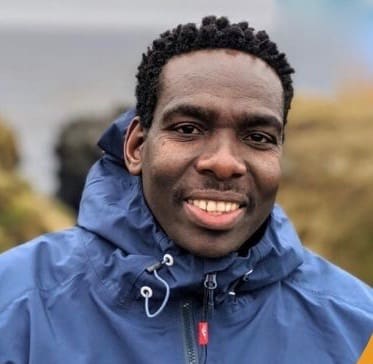




 (l-r) Zinhle Shongwe (Senior Meteorologist), Dylan Seaton (Assistant Meteoroglist) and Asavela Somaxaka (Meteorological Technician).
(l-r) Zinhle Shongwe (Senior Meteorologist), Dylan Seaton (Assistant Meteoroglist) and Asavela Somaxaka (Meteorological Technician). Gerard (Boy) Oppel (Senior Meteorologist)
Gerard (Boy) Oppel (Senior Meteorologist)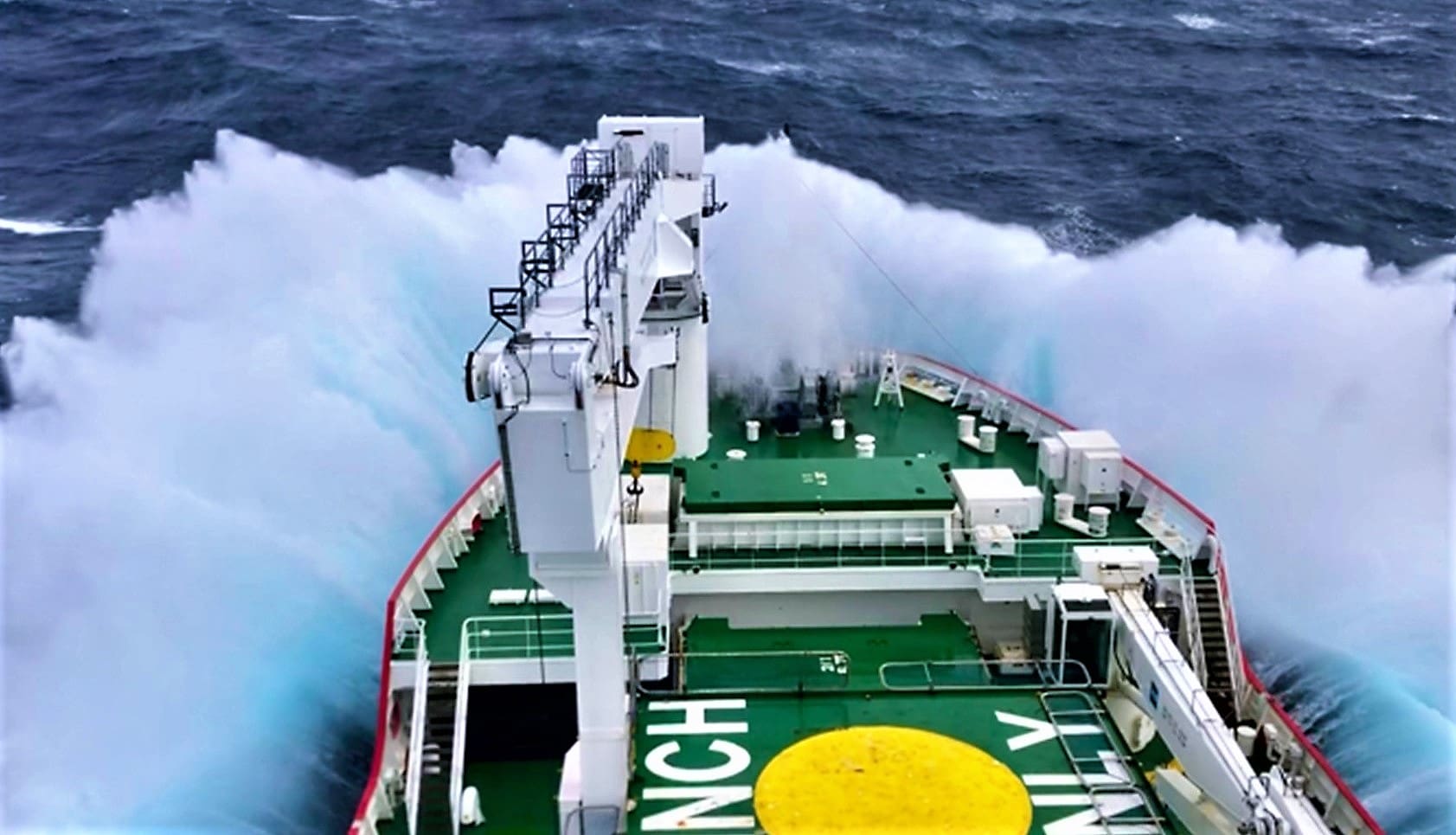 It is also important to note that
It is also important to note that 
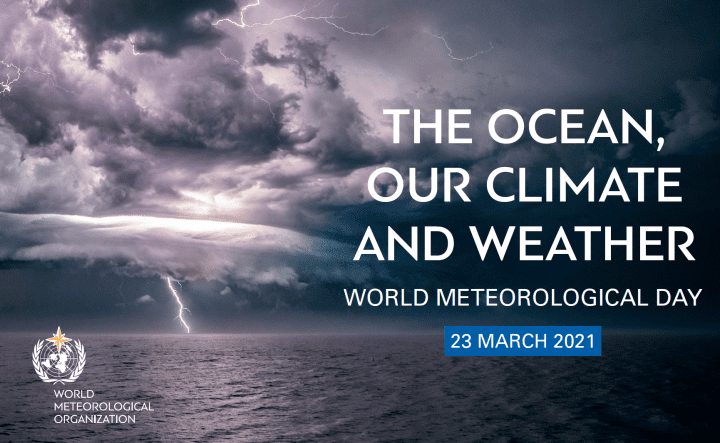 See
See 




